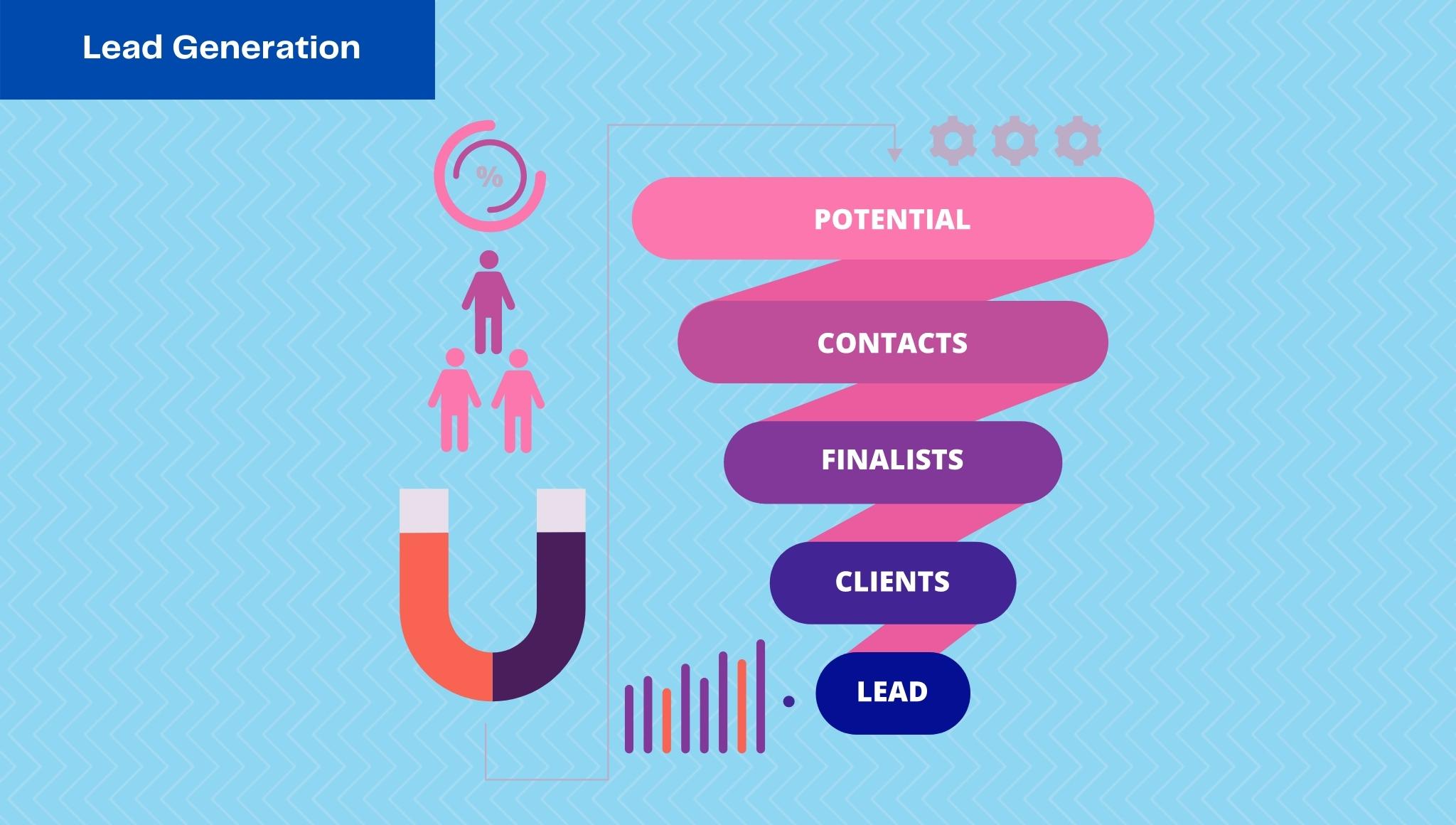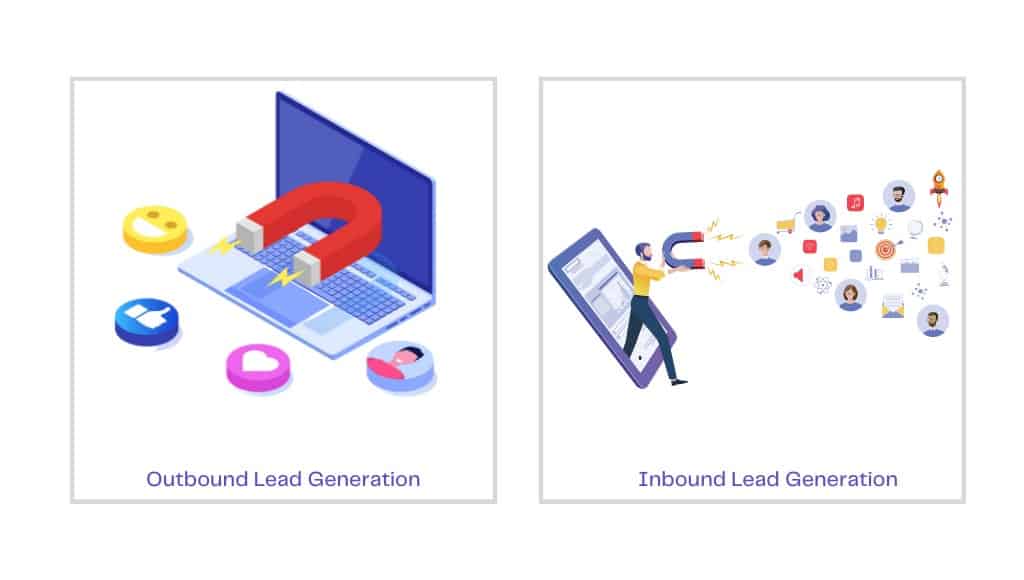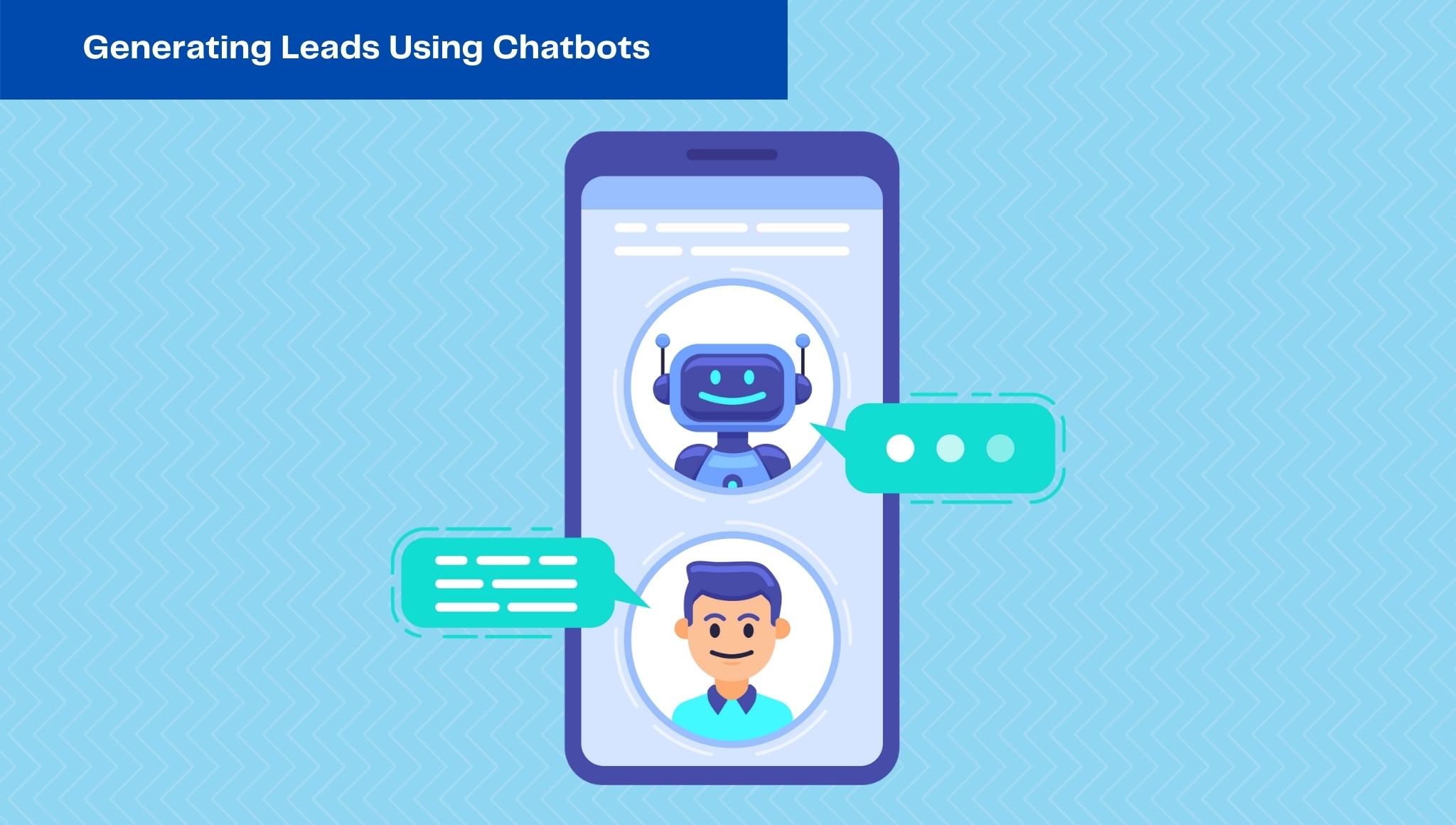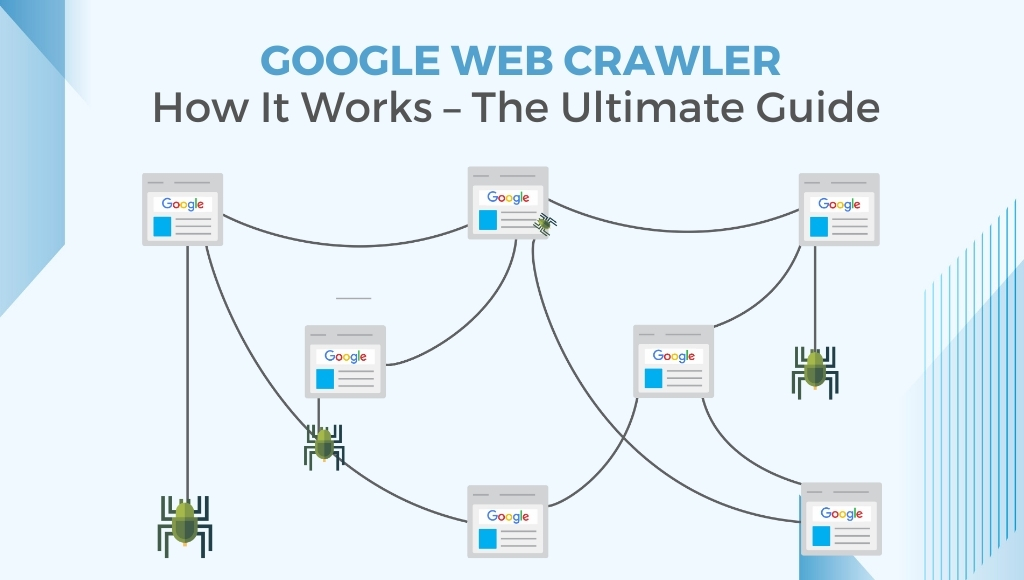Generate Leads With Live Chat And Chatbots: 2 Proven Tips
There is a famous saying in the business world. The customer is the actual boss. This implies that they cannot survive for long without the clients. So you need to figure out how to reach out and appeal to your target customer base. Digital marketing is becoming increasingly important when it comes to reaching out to potential clients. Almost everyone can access the internet nowadays from their smart devices. However, the digital marketplace is crowded with all sorts of vendors competing for the clients’ attention. For your business to stand out, you’ll need to be creative. Learn how to generate leads with live chat and chatbots.
Using Chatbots and live chats on the business website can help you elevate that creativity to another level. This is because the first step towards generating leads is to appeal to clients to take an interest in whatever you have to offer. And that is precisely what live chats and Chatbots will help you with. Read on for more information on how to generate leads with live chat and chatbots.
What is Lead Generation?
Picture yourself browsing through the customer relationship management database for the organization. You will find the contact details of a lot of people. All of these people were potential clients who willingly gave you their details since they are interested in what you are offering.

It is your responsibility to reach out to everyone who left their contact. Any of them could be your next client. The process of following up on potential clients is what we call lead generation. It is a step-wise process that takes place in 3 stages.
Stage one involves creating an interest in the product. Then you leverage the interest you’ve created to acquire contact details from prospective clients in stage two. Finally, stage 3 involves sending the contact details to your sales team.
The sales team is responsible for following up on the prospect and turning them into clients. A lead is any person who has shown an interest in what you have to offer.
What are Lead Generation Channels?
There are two channels for generating leads. These are the inbound and outbound lead generation channels. In outbound lead generation, you don’t wait for prospects to approach you. You go after them proactively. This could be through face-to-face communication or ads in the print media, just to name a few.
Inbound lead generation, on the other hand, focuses on optimizing the content of your website. The optimization intends to provide information that is valuable and attractive to your targets through blogs. Search engine optimization techniques will help you reach out to your targets via blogs. Relying on Chatbots and live chats are some examples of inbound lead generation.

Generate Leads With Live Chat And Chatbots
1. Generating Leads Using Chatbots
Chatbots are not only meant for automating chats. They are very crucial for generating leads too. Prospects are more likely to become customers when they interact with Chatbots on your site. Chatbots and live chats, in general, are suitable for elevating customer satisfaction. Here are some of the ways that Chatbots can generate leads for your business.

-
-
Automatically Welcoming Visitors to the Site
-
You can configure your Chatbot to automatically greet people when they land on the site. The Chatbot should then ask if the visitor is interested in knowing more about your services. This conversation is essential because the Chatbot will attend to the visitor’s inquiries instantly. It will forward the question to a live chat operator who’ll assist if it is unable. In other cases, the Chatbot will just ask for the visitor’s e-mail address. An operator will send all the answers to the visitor’s questions afterward.
Chatbots can also welcome first-time visitors by giving them discounts. The Chatbot sends this discount in the form of a promo code to the visitor’s e-mail. The good thing about Chatbots in welcoming visitors is that they collect their contact details. Even if the customer doesn’t return, you have their contacts for further marketing purposes.
-
-
Assisting in Knowing your Audience Faster
-
Communication is the backbone of every relationship, even in business. To develop a healthy relationship, you need to know how to communicate with them. Chatbots can help you understand your prospects well by helping to identify their interests and wants. This is so because Chatbots can run engaging surveys on your clients to ascertain how they view your services. Additionally, some Chatbots are also capable of segmenting these people based on their likes. Data from the survey is critical for lead generation. The data will enable you to generate and market content that resonates most with your audience.
-
-
Generating Leads when Live Chat is Unresponsive
-
Live chat operators usually have a lot to deal with within a short period. Sometimes they aren’t in a position to attend to a prospect instantly. In such cases, prospects can develop a negative attitude towards the business. They might form an opinion that the business is snobbish towards the clients. You can’t allow this to happen.
A Chatbot is in a position to replace the live chat operator in case they are unable to respond promptly. The Chatbot will inform the prospect of the delay and then provide them with options. The options are generally for the prospect to continue waiting or leave after leaving contact information. In either case, you’ll be able to follow up on the lead later.
-
-
Engaging Visitors who want to leave
-
Expect prospects who visit your website to be impatient. If they can’t find what they are looking for, they will leave for your competitor fast. Chatbots can prevent these people from leaving by engaging them. The Chatbots will ask the prospect their reason for leaving. The Chatbot then goes ahead to provide solutions that might persuade the prospect to make a purchase.
When a Chatbot engages visitors who want to leave, you benefit in 2 ways. First is the lead generation for marketing your services. Secondly, you’ll be able to identify the issues that make prospects leave without making a purchase. Solving these issues will raise the conversion rate of the business.
2. Generating Leads through Live Chats
Messaging has become a pillar of communication in the contemporary world. Your business needs to adapt to this trend by incorporating a live chat into the website. Here are some of the ways a live chat can help the business generate leads.

-
-
Shortening the Sales Cycle
-
Asking prospects to leave their e-mails on forms is good for the lead generation process. But it lengthens the process. Why? You may be wondering. Prospects disengage from the shopping process immediately after they leave your site. The sales team is never sure of getting a response from these e-mails. And even if they do, it takes time.
A live chat enables you to engage the prospect when their mind is still focused on discovering the product. The live chat will help you guide the prospect that might lead to a demo. Live chats save time and increase the likelihood of increasing the conversion.
-
-
Creating Brand Ambassadors
-
Not all prospects who visit the website will become your clients in the future. Some have an interest in your products, but they don’t have the means to pay for them. A live chat will help you identify this group very easily. It will enable you to alert the sales team not to put too many resources on them. But don’t dismiss them yet.
They say people never forget how you made them feel. Through a live chat, you can interact with the prospects who are unlikely to purchase and leave them with something beneficial. It can be as simple as outlining the products that they and their peers might find helpful. Some of these people will talk about your services to some of their friends who have an interest. They will inadvertently become your brand ambassadors and create more leads for you. They could have just perused through the website and left were it not for the live engagement.
-
-
Increasing the visitors to SQL conversion
-
You are never sure if prospects are looking at all the pages on your website. Those willing to buy likely go to sections like demo requests or the contact form. They aren’t that enthusiastic about doing that. That’s why you need to give them a little nudge through a live chat. Help them get to these sections to increase the chances of making a conversion.
As we said earlier, live chats help identify prospects that are unlikely to buy. The “window shoppers.” Live chats assist in isolating this group so that the sales team can focus more on prospects who are likely to buy. All these increase the visitors to SQL conversion for the website.
Conclusion
Chatbots and live chats are versatile that can expand your reach to potential customers. These tools help you to collect information from clients, automate the engagement process to make it faster, and offer assistance to prospects on the spot when they need it. The versatility of these tools makes them beneficial to a wide variety of business operations. The salespeople benefit from them and the customer service, lead generators, marketers, plus more. Try them out today; you won’t regret it.




































